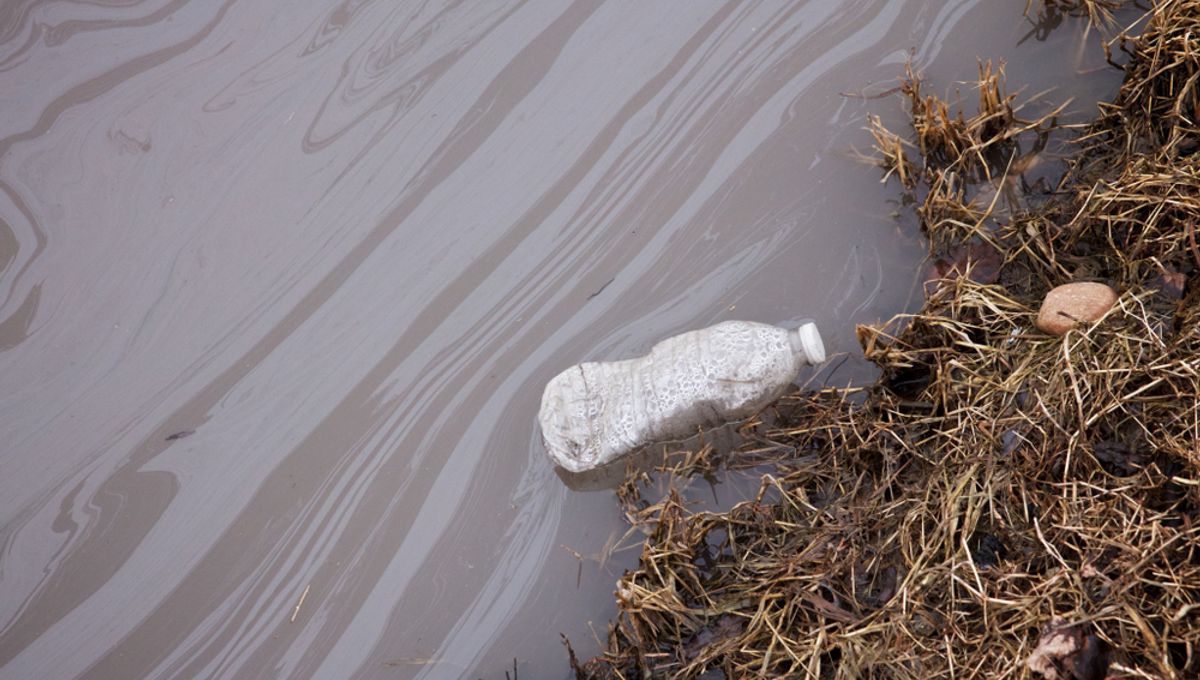
One of the most notorious “forever chemicals” is perfluorooctanoic acid or PFOA. By their very design, these substances are extremely difficult to degrade, which makes them very useful in industrial applications but also bad for our health and the environment as they tend to accumulate.
A couple of years ago, researchers worked out that using boron nitride – which is commercially used in cosmetics – and exposing it to ultraviolet (UV) radiation at 254 nanometers, could destroy 99 percent of PFOA in a water sample. A fantastic result but one that required improvements.
“That was great because PFOA is an increasingly problematic pollutant that’s really hard to destroy,” Michael Wong, from Rice University and corresponding author of the research, said in a statement. “But it was also less than ideal because the boron nitride was activated by short-wave UV, and the atmosphere filters out almost all of the short-wave UV from sunlight. We wanted to push as much as possible boron nitride’s ability to access energy from other wavelengths of sunlight.”
As reported in the study, the solution to that thorny problem was to employ titanium dioxide, another common chemical that is used in substances like sunscreen. Titanium dioxide is activated by the UV light that can penetrate the ozone layer and it can break down PFOA but very slowly compared to the very efficient boron nitride.
The team created a composite of boron nitride and titanium dioxide and discovered that they had a substance with the best of both worlds. It was activated by the UV light in the atmosphere and it was capable of destroying PFOA very quickly. In deionized water, it took less than three hours to break down 99 percent of the PFOA into carbon dioxide, fluorine, and minerals. In salty water, the process takes about nine hours.
The team will now investigate how good this substance is at breaking down other perfluoroalkyl and polyfluoroalkyl substances (PFAS) – the broader class of forever chemicals. Recent reviews of their chemistry highlight just how little we know about them.
The study is published in the Chemical Engineering Journal.
An earlier version of this article was published in July 2022.
Source Link: This Improved Catalyst Can Destroy "Forever Chemicals" With Just Sunlight